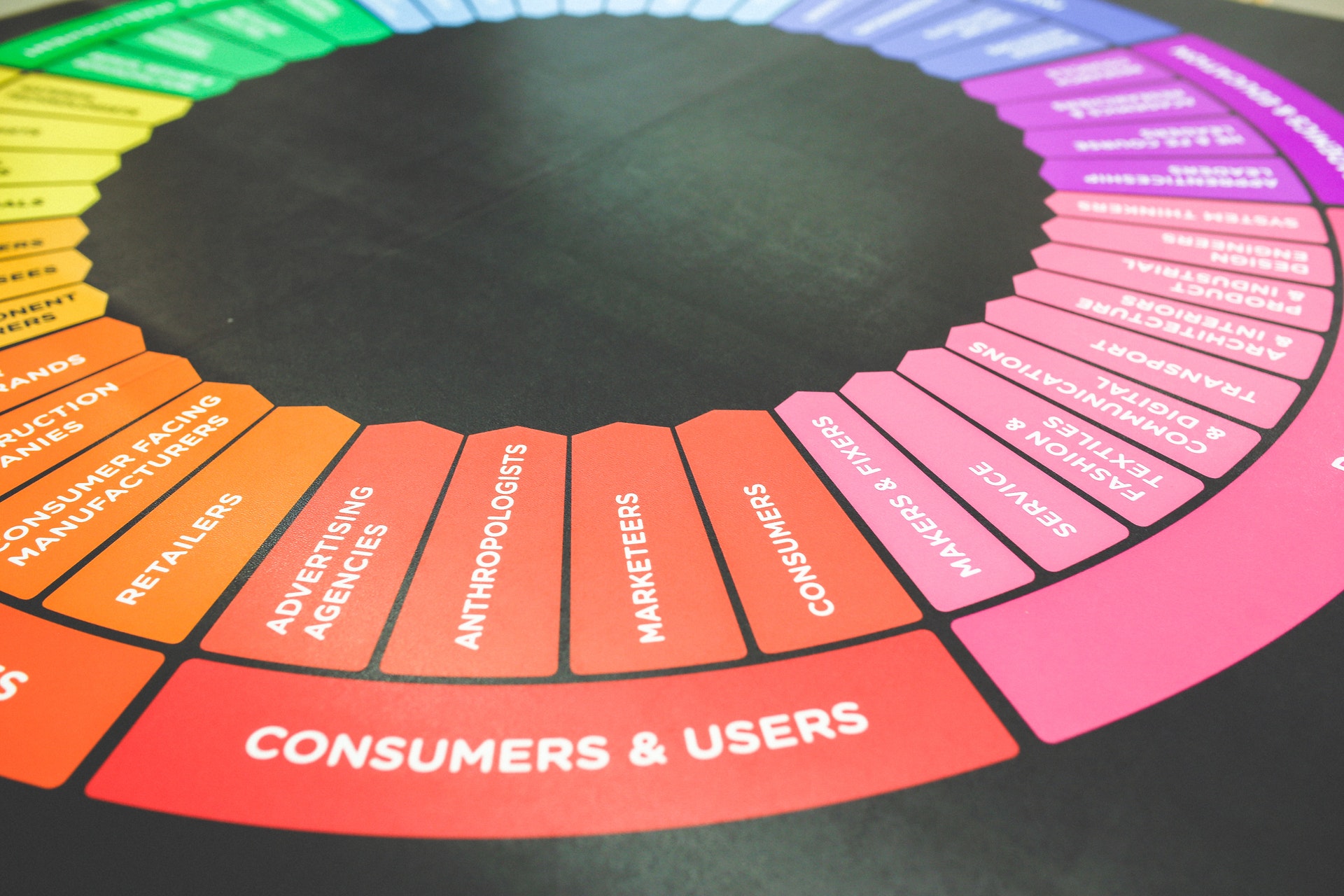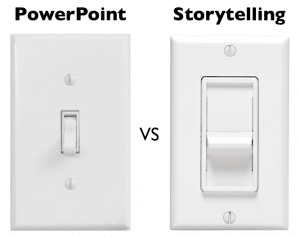A Business Analyst’s Experience With User Story Mapping
When developing a product or service in any industry, it’s imperative to not only consider but also understand consumer behavior. The process of creating any product or service can only succeed with a clear understanding of your potential consumers. Some things you’ll want to think about include who they are, what they’re looking for, what they need, when they need it, how they will get it, etc.
With this knowledge, brands can arrange their creative processes to reflect the consumer’s path to product consumption through a process is called user story mapping.

User story mapping is a useful project management technique that focuses on creating consumer-oriented products. The implementation of user road maps involves every team or division working on the project. It also gives a business analyst a point of reference for decision making.
What is user story mapping ?
According to Jeff Patton, user road mapping is a predictive model that mirrors consumer behavior — from product discovery to consumption. It is an exercise that helps organizations develop a user-oriented product.
Think about it; the absence of a user roadmap often leads to products without any market relevance. You can’t develop software for a designer or college essay writing service without understanding how potential customers will interact with the product.
How will they find the software? Would they need an account to access the features? How can they pay for services?
Answering these questions provides specific guidelines on each step taken by the consumer — a story. Although each individual’s approach differs, the story map provides a dynamic model. In return, this model aggregates consumer interaction with the final product into predictive behavioral patterns. 
How does it work?
The backbone is the ‘core’ of any user story map. It outlines every critical step that a user must take to obtain their end goal. For example, the backbone for software should contain steps, including ‘Search’, ‘Sign in’, and ‘Checkout’.
Every backbone contains subsets of specific goals known as an epic. An epic is similar to a checkpoint in the user journey. In isolation, an epic could form the primary objective of a creative endeavor — tasks and subtasks. For example, the ‘Checkout’ stage for an e-commerce website is part of an epic.
How to create a user story map
Depending on the product or service in the works, creating a user story map can be a head-scratcher or a cakewalk. However, setting a clear-cut goal and following a comprehensible framework will simplify the process.
Here are the steps involved when crafting a user story map example.
1. Develop a framework
This step involves brainstorming with team members on the product or service vision. Bear in mind that a feasible framework must address the who, what, and why of the creative endeavor.
2. Build the backbone
With a clear-cut product vision, your team can develop the backbone. As discussed earlier, this stage focuses on the mandatory overarching steps the user must take from start to finish.
3. Arrange the activities into epics
The activities in the backbone can be divided into epics. The epics are then assigned to different teams, according to their expertise. Unlike backbones, epics can stack up vertically or follow a horizontal path.
4. Divide epics into tasks and subtasks
Every team has to divide every epic into tasks with attached objectives. Each task focuses on realizing every ‘chapter’ of the user story.
5. Rearrange based on relevance
Since user story mapping is a dynamic process, constant adjustments are needed to address changes in user behavior and market demands. In response, a business analyst can move tasks around by changing their hierarchy on the story map. The backbone should always remain unchanged.
Who participates in the creative process?
If you want to build a competitive product with high market value, every team must contribute to the user story mapping exercise. This cross-functional interaction and exchange of ideas between teams help to generate a comprehensive user story.
Here are the key participants in the process:
- Stakeholders
- User stories business analyst
- UX specialists (researchers, designers, writers)
- Product management team
- Project managers
- Sales and Marketing team
- Legal team
- Product architects (engineers and developers)
Benefits of User Story Mapping
Before discussing the advantages of using user story mapping, let’s look at the alternative — flat backlog. A flat backlog refers to a top-down approach to product creation. It focuses on arranging every stage of production based on its importance to the customer.
Although flat backlogs are suitable for simple tasks, they are limited in scope for more robust projects.

The benefits of user story mapping
User-oriented production
User story mapping puts the customer in the epicenter of the production. It helps companies focus on efficient production based on consumer demands.
Clear objectives
The story map provides a clear graphical representation of the objectives for all the project participants. Moreover, epics serve as benchmarks of the team’s performance in regards to deadlines.
Better risk assessment
Creating a story map helps to monitor project dependencies and estimate risk factors.
Task prioritization
When a team works with a story map, the project managers can identify changes and change task priorities accordingly.
Team building and communication
Due to the necessity of constant interaction between team members, a cordial working environment starts to take shape. In essence, user story requirements foster intradepartmental and interdepartmental team building. Participation in the story mapping exercise can also foster a harmonious working atmosphere.
User story mapping limitations
Despite the widespread application of user story mapping, this system has some limitations. However, most of these constraints are representative of company culture and idea implementation deficiencies:
- Creative stalemates. Since every team’s input is necessary, the product can suffer from deadlocks in decision making. The marketing team might have a vision of the product that differs from the designers’ insight. Often, the onus of resolving these conflicts rests on the product manager. Otherwise, both teams must reach a compromise.
- Time constraints. Creating a well-structured user story takes time. And while different departments argue on ideas, the product release deadline draws closer. As a result, time-sensitive products might suffer from user story creation.
- Reality. User stories are “fictional”. Even if the stories are crafted based on real customer feedback, they are not representative of the entire population.
- Unforeseen circumstances. Most user story maps are created according to the socio-economic climate over a specific period. However, unprecedented events, like the COVID epidemic, can derail the entire production cycle.
What follows user story mapping? 
Once the exercise ends and teams have reached a consensus, the next step is to delegate tasks to different departments.
For example, let’s assume a company wants to build an app that will become a direct competitor to Uber. The story map, corroborated by a business analyst, must be approved by upper management before it can be implemented. The design team will start working on wireframes and interfaces for the app. Similarly, the software development team will work on the app. The legal team will address possible legal issues while the market team gears up for a marketing campaign.
Each team should be ready to make changes to the prototype in response to risk assessment. Most importantly, a clear communication channel must exist between teams during the product creation process and beyond.
In essence, user road mapping is essential for creating user-friendly products. It involves a step-by-step evaluation of the user’s interaction with the product from the beginning (discovery) to the end (consumption).
All companies can benefit from user story mapping.
Amanda Dudley is a writer who holds a Ph.D. in History. She graduated from Stanford University in 2001 and is currently lecturing on American and World history. In addition to her lecturing duties, Amanda works with students at EssayUSA, using her knowledge and skills to produce word-perfect papers and essays.











at 8:06 am
[…] missed. An essay rater is a good on-line software to make use of if you need to make certain college essay writing service your work is at its greatest. There’s no purpose to spend all your time on a customized essay […]
at 6:26 pm
[…] this point, all you want to do is provide us with the necessities you’ve for your task, and EssayUSA we’ll make sure to do all the remaining. Essaymoment presents a convenient and easy online […]